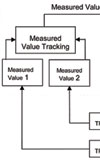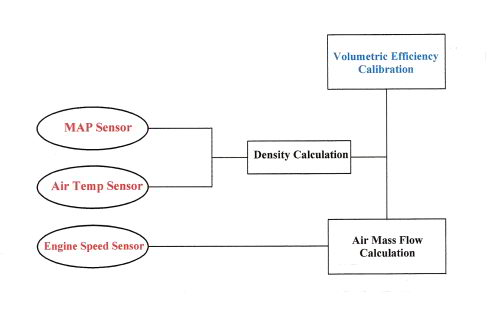Taking charge
 Even as a boy I was continually mystified, and occasionally perplexed, by the operation of the carburettor. The myriad of main jets, air correction jets and emulsion tubes and the science on the fixed jet DCOE was a veritable minefield for the inexperienced, but once mastered, the satisfaction of getting an engine to start let alone run sweetly on the road or track, was reward in itself. The arrival of electronic fuel injection with its altogether totally different approach was greeted with relief more than any other emotion, not least because it solved the perennial problem of under bonnet packaging of large carburettors. But although the fuel could be controlled more precisely, in order to provide the optimum combustible mixture, the problem of estimating the air flow rate remained.
Even as a boy I was continually mystified, and occasionally perplexed, by the operation of the carburettor. The myriad of main jets, air correction jets and emulsion tubes and the science on the fixed jet DCOE was a veritable minefield for the inexperienced, but once mastered, the satisfaction of getting an engine to start let alone run sweetly on the road or track, was reward in itself. The arrival of electronic fuel injection with its altogether totally different approach was greeted with relief more than any other emotion, not least because it solved the perennial problem of under bonnet packaging of large carburettors. But although the fuel could be controlled more precisely, in order to provide the optimum combustible mixture, the problem of estimating the air flow rate remained.
The two most important parameters in determining the air trapped within the cylinder at any given engine condition are speed and volumetric efficiency. While the former is relatively simple to measure, the volumetric efficiency is in itself a function of many parameters – things like engine capacity, valve opening and closing events and intake and exhaust system design, to name but a few. For the sake of simplicity, all these can be approximated to a single measurement of the throttle angle and hence the concept of Alpha-N systems came about. Fuel pulse width value was therefore computed purely as a function of engine speed and throttle angle. Although this system works and will often work much better than a poorly set up carburettor, it lacks finesse and not taking into account parameters like the intake manifold pressure, may introduce drivability issues at some stage. But as a basic system, Alpha-N is usually more than adequate for the average club track car where long periods of wide-open throttle are used. However, any engine changes, however slight, will inevitably need a complete dyno re-map.

Most high performance road cars today run mass air flow meters. Based on the hot wire principal, these measure the cooling effect of the stream of engine intake air across a heated platinum wire and hence can calculate the precise amount of air flowing at the time. Changes to the throttle angle simply reduce the amount of air and likewise any minor changes to the engine will not necessarily demand recalibration of the whole system. The downside to MAF meters is that in some applications they may be difficult, nay even impossible to install. Generally incorporated into the intake of an air box and integral with the throttle assembly, these need to be installed where the flow is ideally laminar and non-pulsating because although the meter can measure the flow, it cannot necessarily determine its direction.
An alternative to either of the above is the speed-density approach. A modified version of the Alpha-N system, the air mass flow is calculated based on manifold intake pressure, air temperature and engine rpm. Knowing the air intake pressure and temperature, and with an appreciation of the universal gas laws, the intake air density can be deduced. And if the volumetric efficiency of the engine is determined then at any position of engine speed and manifold pressure the true air mass flow can be calculated. In any speed-density system therefore careful mapping of the volumetric efficiency is essential.
As an alternative to carburettor ‘tuning’, engine management systems may be easier to understand but the task of refining the calibration to one that matches the demand of the engine, is no less exacting.
Written by John Coxon.